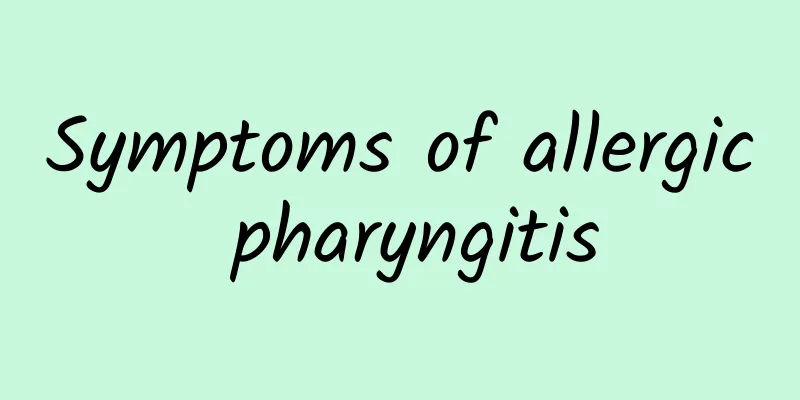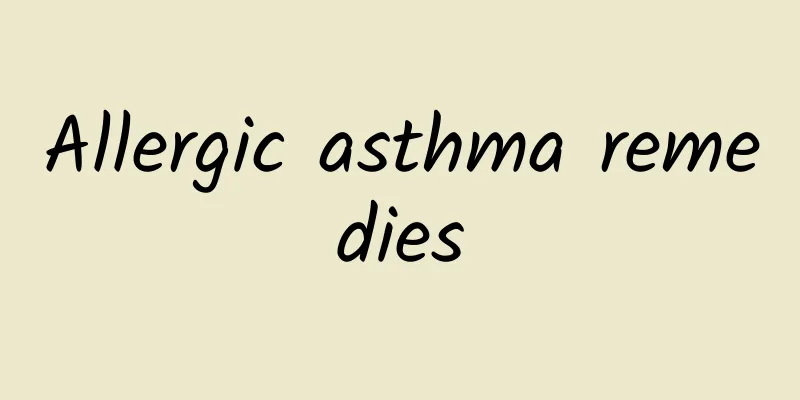What is oral congestion?

|
Oral congestion generally refers to the oral mucosa, which is generally diffuse congestion and has many causes. The most common ones are rubella, vitamin C deficiency, scarlet fever or foot-and-mouth disease, etc., which may cause oral congestion. At this time, it is necessary to make a timely diagnosis and then carry out corresponding symptomatic treatment. Let us learn about this aspect below. Treatment and care Diffuse congestion of the oral mucosa may be caused by rubella, foot-and-mouth disease, vitamin C deficiency, and scarlet fever. The diagnosis should be made first, and then symptomatic treatment should be given: 1. Vitamin C deficiency: Children with mild symptoms should be given vitamin C, 100-150 mg orally 3 times a day. For critically ill patients and those with vomiting, diarrhea or internal bleeding, intravenous injection should be used instead, with the daily dose given in one injection. At the same time, foods rich in vitamin C, such as fresh orange juice, should be provided. In addition, other vitamins should be supplemented as needed, and special attention should be paid to supplementing vitamin D which is also deficient. For patients with megaloblastic anemia, the therapeutic dose of vitamin C should be increased and an appropriate amount of folic acid should be given. 2. Foot-and-mouth disease: Sick livestock should be isolated and treated promptly. The patient should rest in bed, drink plenty of water and keep his mouth clean. Eat easily digestible food. When systemic symptoms are obvious, antibiotics and symptomatic treatment are given. Traditional Chinese medicine: Niuhuang Jiedu Pills and Lianqiao Baidu Pills. Foot-and-mouth disease is an acute, febrile, highly contagious disease of cloven-hoofed mammals, characterized clinically by vesicular rash on the oral mucosa, hooves, and udder skin. 3. Scarlet fever: Antibiotic therapy Penicillin is the first choice drug for the treatment of scarlet fever and all streptococcal infections. Early application can shorten the course of the disease and reduce complications. 40,000 to 80,000 U/(kg.d), divided into 2 injections. The dosage may be increased in severe cases. To completely eliminate pathogens and reduce complications, the treatment course should be at least 10 days. For those who are allergic to penicillin G, erythromycin 20-40 mg/(kg·d) can be taken orally in 3 divided doses. In severe cases, it can also be given intravenously. The course of treatment is 7-10 days. High fever can be treated with smaller doses of antipyretics or physical cooling methods. For older children with sore throat, they can gargle with normal saline or take chlorphenamine lozenges. 4. Rubella: Supportive therapy and symptomatic treatment are the main treatments. Antipyretics, cough suppressants and analgesics may be given as appropriate. For sore throat, gargle with compound borax solution. For skin itching, calamine lotion or raw oil can be applied. For conjunctivitis, 0.25% oxytetracycline eye drops or 10% acetic acid sulfonamide solution can be used for eye drops for several days. |
<<: Why do I occasionally have blood in my mouth?
>>: Why is there blood in the ear?
Recommend
What to do if hemorrhoids hurt
Hemorrhoids are a common anorectal disease, which...
Chinese medicine for tooth regeneration
Dental protection is very necessary. In daily lif...
What to do if you are allergic to anesthesia
We all know that pain relief is required for both...
How to care for anal tear and fecal incontinence
If the anus is torn or causes fecal incontinence,...
Scar after needle
In life, we always need stitches due to some acci...
The difference between big leaf mugwort and small leaf mugwort
Both large wormwood and small wormwood are common...
Girl's back spine protrusion
Many girls show off their graceful and slender fi...
How to treat follicular hyperplasia in pharyngitis
In fact, in addition to some common Western medic...
"Prevention, Treatment, and Maintenance" of Male Reproduction——Prostate
Prostatitis is a common disease in adult men and ...
What are the symptoms of uterine cramps?
Uterine cramps are an abnormal symptom of the ute...
Why is there a small amount of bleeding after medical abortion thirteen days later?
Medical abortion is a method used by modern people...
Can breast cysts be treated with moxibustion?
Nowadays, everyone is very familiar with moxibust...
How to prevent facial paralysis effectively?
Many people are often troubled by facial paralysi...
Prevention of rabies
There are many kinds of common diseases in life. ...
Mole removal surgery procedure
What are the disadvantages of mole removal surger...









